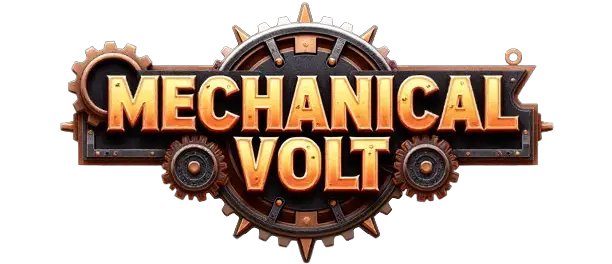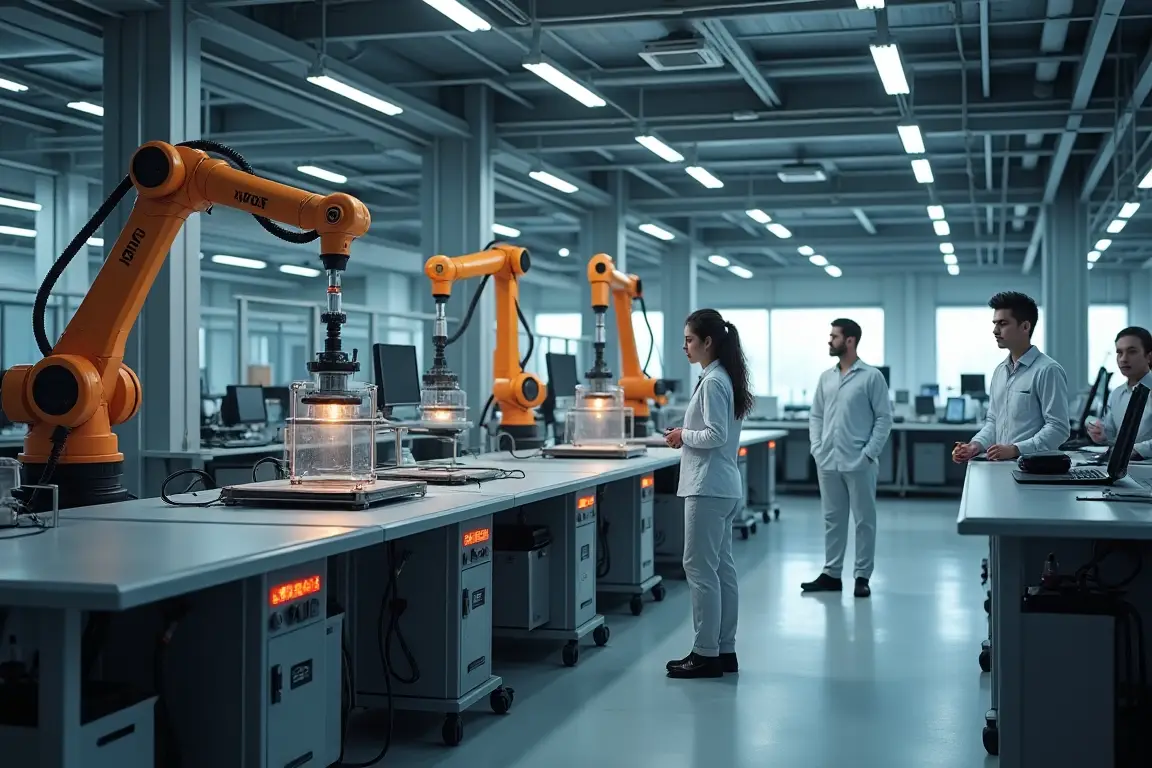In today’s rapidly changing world, the manufacturing sector plays a pivotal role in shaping industries across the globe. As technology advances, the manufacturing processes that once relied on simple machines and manual labor have evolved into complex systems powered by automation and artificial intelligence. Whether you’re a seasoned engineer or a novice interested in manufacturing, understanding the various manufacturing processes is essential for creating high-quality products efficiently and sustainably.
Why Manufacturing Processes Matter 🌍
Manufacturing processes are fundamental to creating almost everything around us—from the cars we drive to the smartphones in our pockets. The efficiency, cost, and precision of manufacturing processes can make or break the success of a product. Whether the goal is high precision or large-scale production, the chosen manufacturing process has a significant impact on cost, time, and quality.
Key Manufacturing Processes: An Overview 🛠️
1. Casting: Shaping the Future of Metalwork 🔥
Casting is one of the oldest manufacturing methods, dating back thousands of years. It involves pouring molten metal into a mold to create a specific shape. This method is still widely used today in industries such as aerospace, automotive, and construction for creating complex metal parts.
Key Advantages:
- Cost-effective for mass production.
- Ideal for complex geometries that would be difficult to machine.
- Suitable for high-temperature metals like steel, aluminum, and iron.
Example: The engine block of a car is typically cast because of its complex shape and the need for strength.
Table: Casting Process vs. Machining
| Factor | Casting 🛠️ | Machining ✂️ |
|---|---|---|
| Material | Metals, plastics | Metals, plastics |
| Production Volume | High | Low to medium |
| Precision | Moderate | High |
| Cost-Effectiveness | High | Low to medium |
2. Machining: Precision at its Finest ✂️
Machining refers to the process of removing material from a workpiece to achieve the desired shape. Tools like lathes, mills, and grinders are used for this purpose. Machining is widely used for high-precision parts that require tight tolerances.
Key Advantages:
- High accuracy and detail for precision parts.
- Best for small-to-medium production runs.
- Versatile for different materials including metals, plastics, and composites.
Example: Medical implants like titanium hip replacements are often machined due to the high precision needed.
3. Forming: The Art of Shaping Materials 🏗️
Forming involves shaping materials through mechanical forces like rolling, forging, and stamping. Unlike casting or machining, forming changes the shape of the material without removing material. This process is often used for creating metal sheets, structural components, and automobile parts.
Key Advantages:
- Ideal for high-volume production.
- Materials retain their strength and integrity after shaping.
- Efficient for mass production.
Example: Automobile body panels are often formed from steel using stamping presses.
4. Additive Manufacturing: The Rise of 3D Printing 📦
Additive manufacturing, commonly known as 3D printing, is revolutionizing the way products are designed and produced. This process involves adding material layer by layer to create a part. It allows for rapid prototyping and is used to produce complex and customized parts.
Key Advantages:
- Complex designs are easily achievable.
- Reduces material waste compared to traditional methods.
- Ideal for prototypes and small batches.
Example: Custom prosthetics and jewelry are often produced using 3D printing due to their unique designs.
5. Joining: Bringing Components Together 🔩
Joining processes involve combining different parts into one assembly. Methods like welding, riveting, and adhesive bonding are used to join materials permanently or temporarily. This process is essential in the construction of structures, pipelines, and machinery.
Key Advantages:
- Cost-effective for mass production.
- High strength joints that are durable under stress.
- Enables the combination of different materials.
Example: Aircraft fuselages are welded together due to the need for both strength and lightness.
How Manufacturing Processes Drive Innovation 🚀
With the rise of smart manufacturing and Industry 4.0, traditional processes are being enhanced by automation, robotics, and artificial intelligence. These technologies are transforming factories into intelligent ecosystems that operate with minimal human intervention.
Key Technological Innovations in Manufacturing:
- Robotics 🤖: Automated robots can perform repetitive tasks, reducing human error and increasing efficiency.
- Internet of Things (IoT) 🌐: Machines can communicate with each other and share data for optimized production.
- Artificial Intelligence (AI) 🧠: AI systems can predict failures, optimize processes, and design complex components faster.
These innovations are not just improving existing processes—they’re opening up new possibilities for more sustainable, customized, and efficient manufacturing.
The Future of Manufacturing: What’s Next? 🔮
As industries evolve, new materials and processes are being developed to meet the growing demand for sustainability and efficiency. The future of manufacturing is likely to be characterized by smart factories, where machines can self-monitor, self-repair, and optimize themselves based on real-time data.
The Rise of Green Manufacturing 🌱
Environmental concerns are driving innovation in green manufacturing. Processes that are energy-efficient, produce less waste, and use sustainable materials are gaining importance. Companies are investing in technologies that reduce their carbon footprint and make products more sustainable.
Conclusion: Shaping the Future of Manufacturing ⚙️
Manufacturing processes are the backbone of industrial production, and their evolution has had a profound impact on the global economy. From traditional methods like casting and machining to cutting-edge technologies like 3D printing and robotics, each manufacturing process offers unique advantages depending on the product and production requirements.
As new technologies emerge, the industry will continue to adapt, embracing more automated, efficient, and sustainable practices. Whether you’re an engineer, manufacturer, or consumer, staying informed about these processes is key to understanding the products that shape our world.

